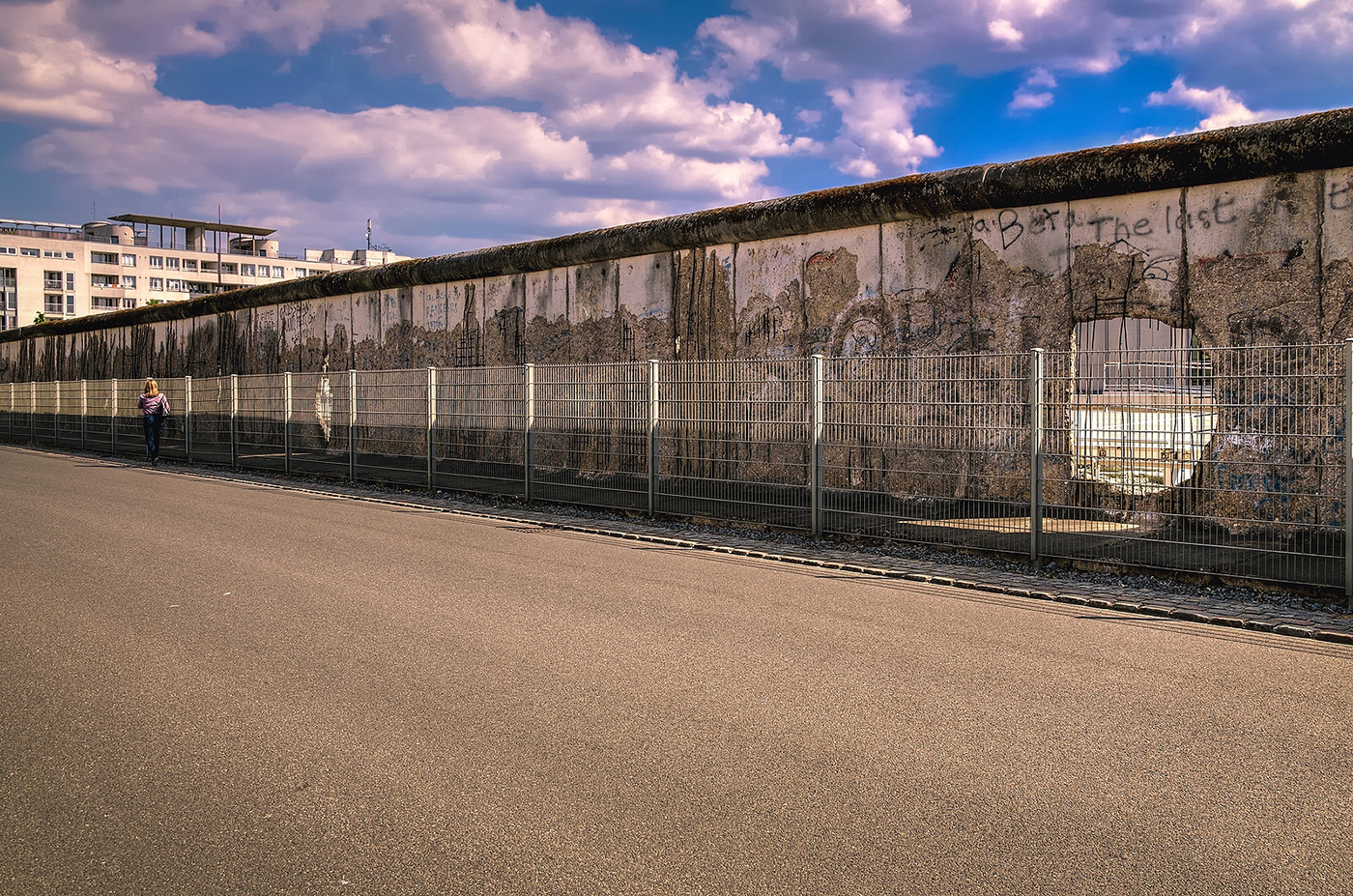Ioannis Sidiropoulos*
The fall of the Berlin Wall on November 9, 1989, marked a monumental turning point in world history. It symbolized the collapse of communist regimes across Eastern Europe and was followed by the reunification of Germany. Thirty-five years later, this anniversary prompts reflection on the underlying forces that fuelled the erosion of communist control in the region. Although many factors contributed to the collapse of these regimes, the role of borrowing from the West was an important one.
In the 1970s and 1980s, Eastern European communist states sought substantial financial assistance from Western countries to sustain their struggling economies. However, these loans and the associated exposure to Western economic practices and ideas ultimately sowed the seeds of communism’s downfall. In the decades leading up to 1989, communist states in Eastern Europe struggled to maintain their planned economies. Communism emphasized state control of industry and economic planning to achieve social equality, full employment, and self-sufficiency.
But the realities of these systems were very different. By the 1970s, productivity had stagnated, and the quality of the goods produced was poor compared to Western nations. This stagnation was exacerbated by the immense military spending of the USSR-led Warsaw Pact, which demanded a strong military presence from its Eastern European allies to counter NATO. Excessive defense spending diverted much-needed funds from sectors such as health and education. Faced with these pressures and the chronic inability of the Soviet budget to provide sufficient financial support, Eastern European states began to look to the West for loans to inject liquidity into their economies, hoping to stimulate growth without undergoing fundamental reforms to their socialist systems.
The decision to borrow from Western institutions was both necessary and problematic. As early as the 1970s, countries such as Hungary, Poland, Romania, and Yugoslavia began to accumulate significant debt by borrowing from Western banks, the International Monetary Fund (IMF), and the World Bank. They saw borrowing as a way to modernize infrastructure, increase the production of consumer goods, and appease their populations without having to enact reforms that might threaten their political power. Indeed, a temporary sense of prosperity emerged, but the communist leaders’ inexperience in management, combined with the structural weaknesses and pathologies of the systems, quickly led to unfavorable developments.
While Western countries were initially willing to provide loans, they expected repayments and financial accountability. To be eligible for these loans, Eastern European countries had to adopt certain economic standards and accounting practices, thereby introducing Western financial norms and values into communist systems. Over time, this exposure weakened the ideological foundations of these regimes. Communist governments that had previously prided themselves on their independence from capitalist influences were now economically dependent on capitalist countries, creating an internal contradiction that undermined their legitimacy.
By the 1980s, Eastern European countries were grappling with the effects of their debt, among other structural problems. Many of them encountered serious difficulties in meeting their repayment obligations. Countries such as Poland and Romania struggled to cover the rising cost of their loans, leading to a series of harsh austerity measures that fuelled public discontent. Rising prices and food shortages, power cuts, and collapsing public health systems led to strikes, social unrest, and the gradual development of political movements that challenged the communist regimes despite widespread repression. In Romania, the government managed to repay its debts, but public discontent eventually toppled dictator Ceausescu, who faced the firing squad.
These austerity measures contradicted the promises of socialism. In theory, communism aimed to create economic equality and protect the working class, but in practice, austerity hurt workers and the poor the most. This created a clear paradox: the regimes that had promised to protect the people were now imposing hardship on them to satisfy Western creditors. Consequently, this erosion of public trust and confidence in the system accelerated dissent, especially among workers, intellectuals and youth.
The loans not only brought debt, but also increased cultural and ideological exposure to the West. Western media, especially in East Germany and Poland, showed a stark contrast between the lives of people in capitalist countries and the hardships in the East. Television, radio, and other forms of media smuggled into Eastern Europe presented images of Western lifestyles characterized by freedom, material abundance, and individuality, elements lacking in tightly controlled Communist societies. These images, coupled with a failing economy, led many people in Eastern Europe to question the promises of communism and to yearn for a system that might offer them better opportunities.
By the mid-1980s, the financial pressures and ideological strains had weakened the communist regimes to a breaking point. Mikhail Gorbachev, the leader of the Soviet Union from 1985, introduced reforms such as glasnost (openness) and perestroika (restructuring), which aimed to revitalize the Soviet economy and society by allowing more transparency, debate, and economic flexibility. These reforms were intended to save the communist system, but they had the unintended consequence of emboldening Eastern European populations.
Eastern European countries began to push for their own sovereignty, emboldened by the knowledge that the Soviet Union was neither willing to use military force to enforce compliance nor able to support their national well-being. Poland’s Solidarity movement, Hungary’s calls for reform, and similar movements in East Germany and Czechoslovakia gained momentum, setting the stage for mass protests and demonstrations. The internal contradictions between economic dependence on the West and the ideological premise of communism became increasingly unsustainable, leading the communist states to crumble under the pressure for change. The fall of the Berlin Wall in 1989 marked the symbolic end of communist control in Eastern Europe. The wall had long represented the physical and ideological division between East and West, and its fall was a victory for those who longed for freedom, democracy, and prosperity.
Thirty-five years later, this historic shift serves as a powerful reminder of how interconnected economies can challenge political ideologies. Eastern Europe’s experience shows that economic dependence can reshape political systems in unexpected ways. While communism in Eastern Europe was brought down by a variety of factors, economic infiltration from the West played a significant role in exposing the system’s weaknesses and inspiring calls for change. The legacy of borrowing from the West shows that economic decisions have profound political implications. For Eastern European countries, dependence on Western loans undermined the foundations of a rigid, ideologically driven political system and pushed citizens to seek alternative forms of governance that could provide greater prosperity. Today, as we look back on the fall of the Berlin Wall, the story of Eastern Europe’s path to democracy and market reform underscores the power of economic freedom and the enduring human desire for self-determination.
*Ioannis Sidiropoulos is LL.M. (LSE) lawyer, non-resident fellow, Diplomatic Academy, University of Nicosia. Views are personal.




